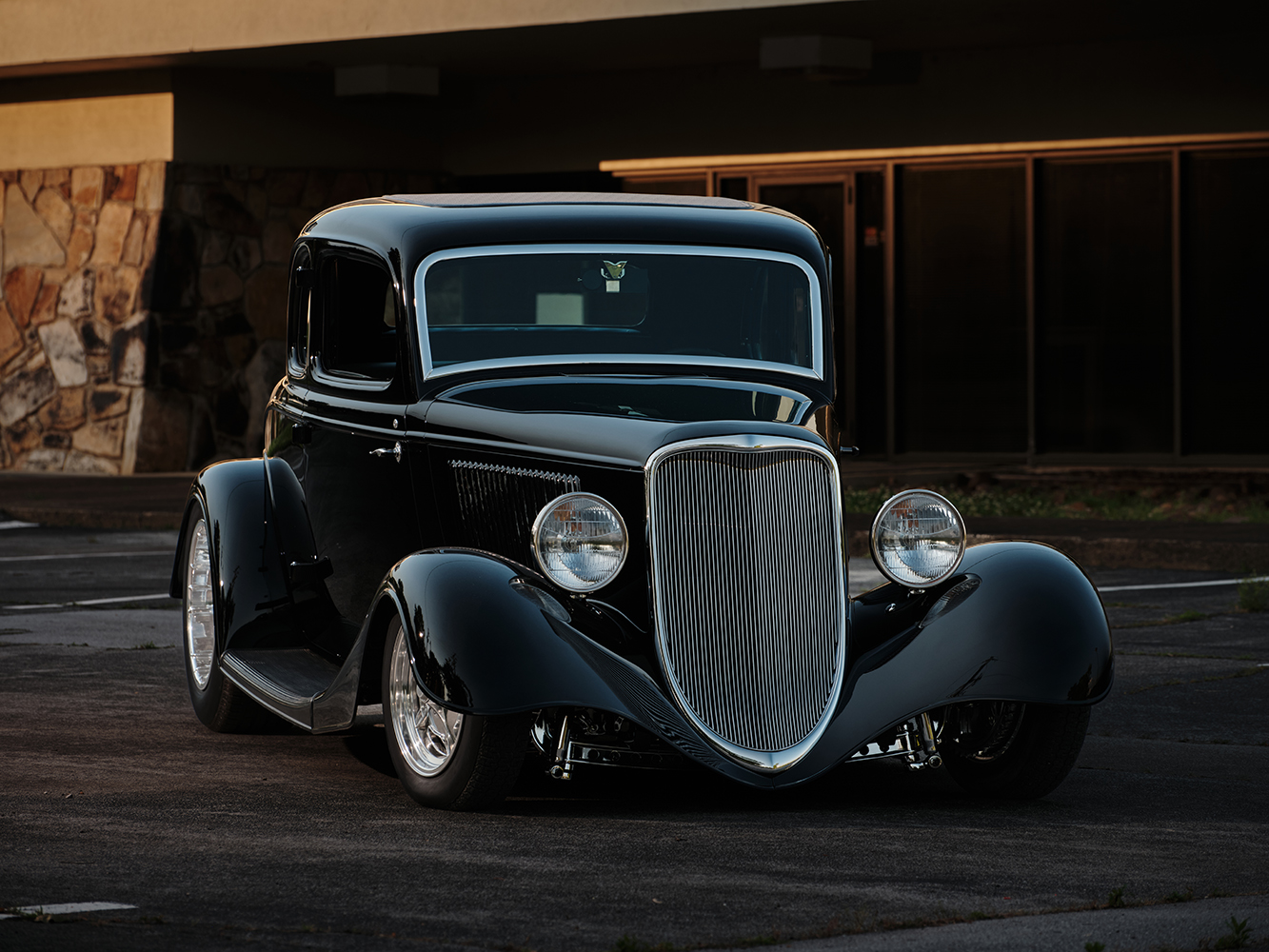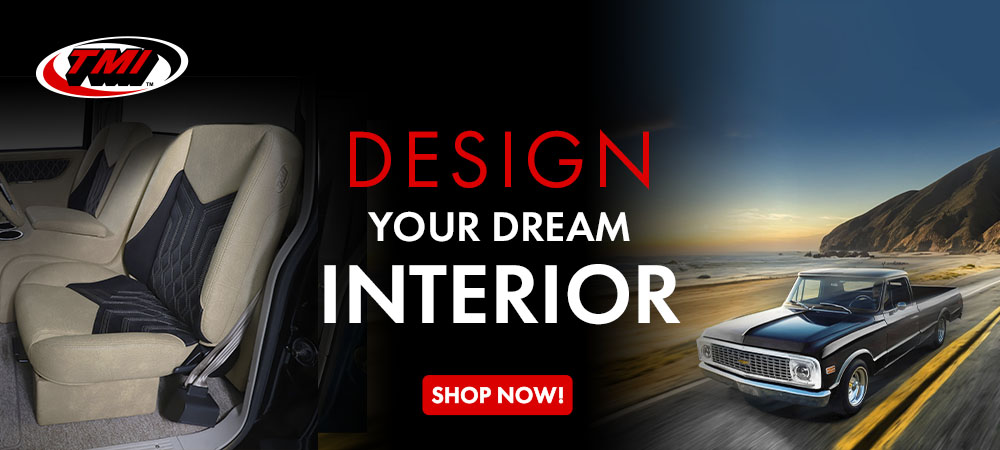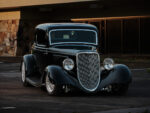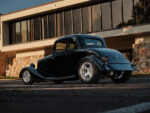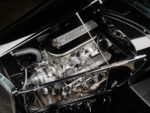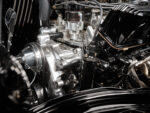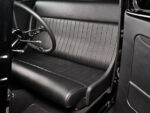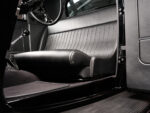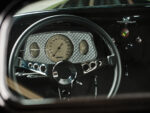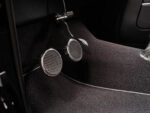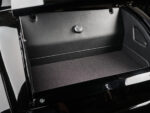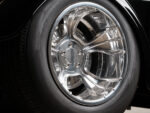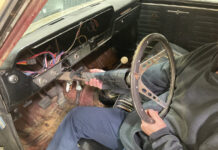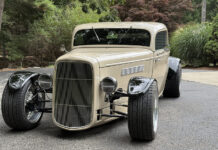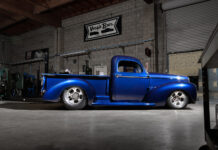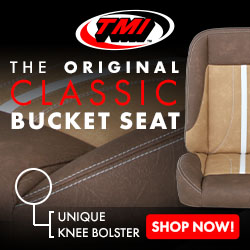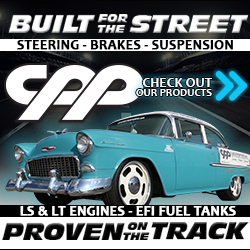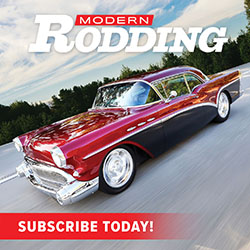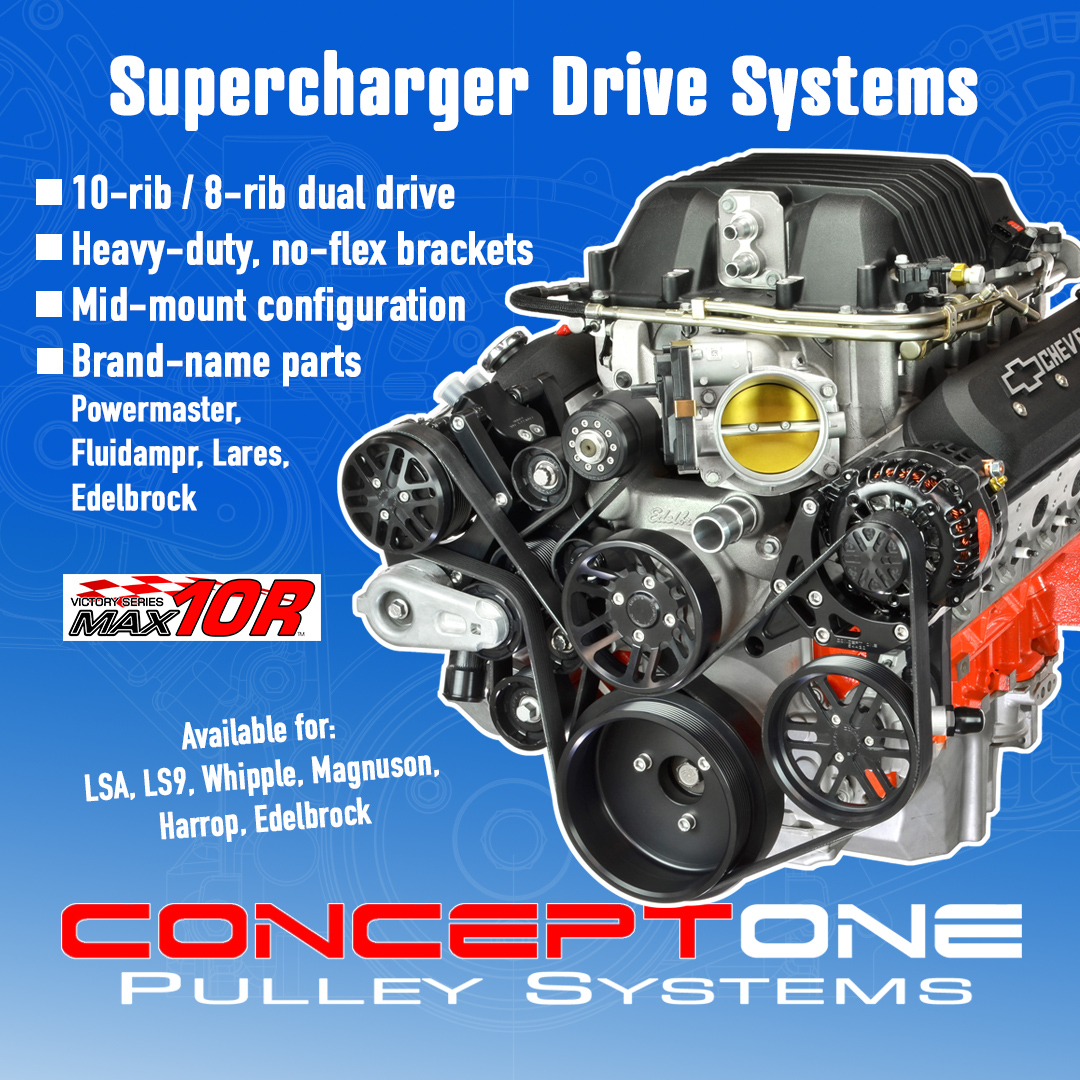By Brian Brennan – Photography By NotStock Photography
Larry Olson from South Dakota knows hot rods inside and out, especially those made by Alloway’s Hot Rod Shop. He has a “barn” packed with these unique creations, each one more spectacular than the last. If you want your hot rods made from early “vintage tin,” then the 1933 Ford five-window coupe in front of you is exactly what you need. (He also has 1960s muscle cars, customs, and Corvettes to round out his collection of high-performance rides.)
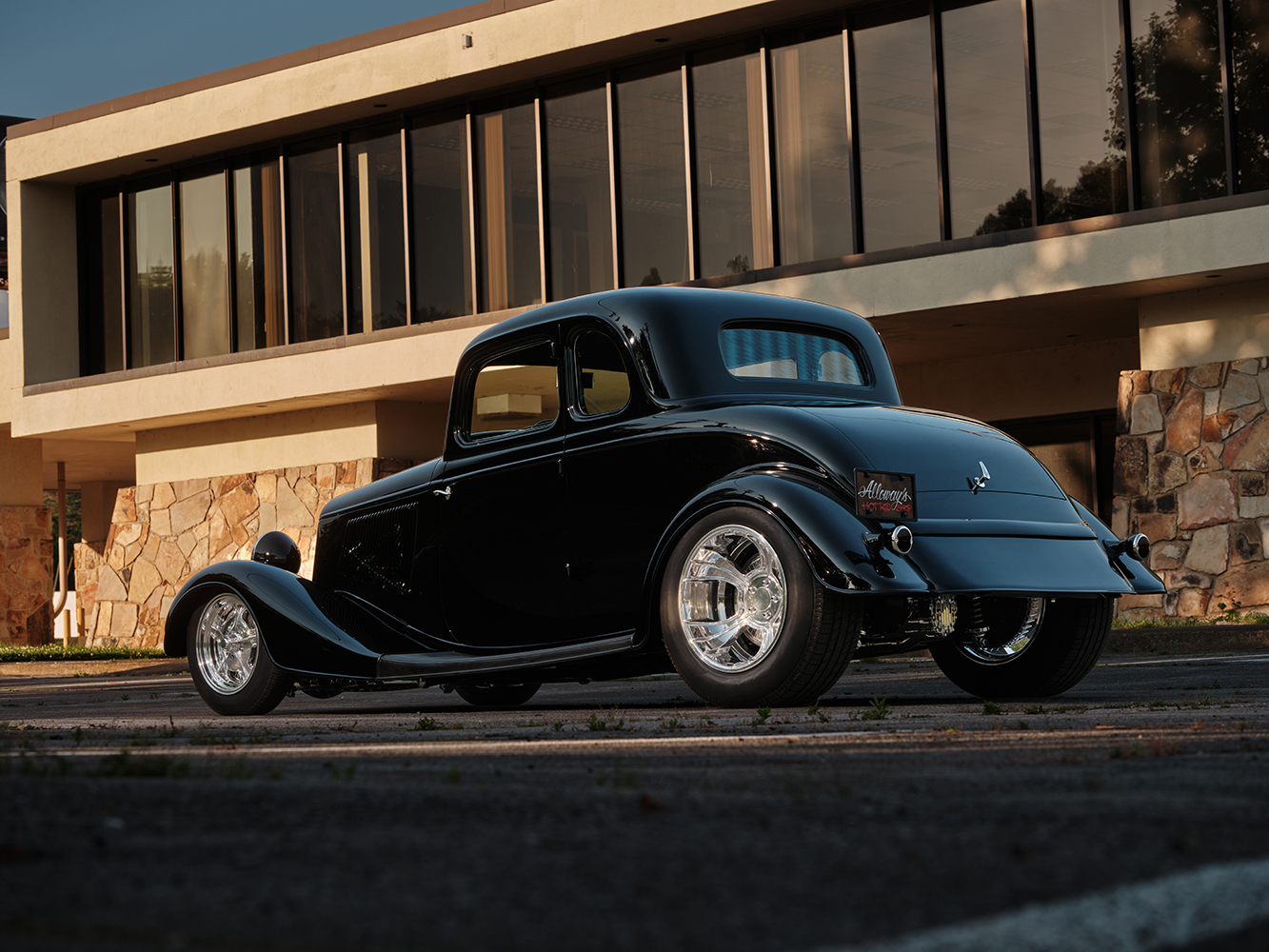
The highlight of this 1933 Ford five-window coupe is undoubtedly the V-8 tucked under the stock hood. It boasts a “427 Ford Tunnel Port side oiler,” which, as the name implies, is 427 ci of Ford big-block iron. The “side oiler” directs oil to the crank, followed by the cam and valvetrain, making it more desirable for extended high-rpm operation. The main oil gallery is positioned low on the left side (driver), allowing for a larger-diameter passage, increased flow volume, and more direct routing to the main bearings. (In contrast, the “top oiler” block delivers oil to the cam and valvetrain first and the crank second.) The distinctive cylinder heads, referred to as “Tunnel Port,” feature large intake ports measuring 2.25 inches, while the exhaust ports measure 1.75 inches, all running through the center of the head. The intake for our 427 is one of the twin four-barrel systems paired with a duo of 650 Holleys. The charge is ignited using an MSD distributor and Taylor 8mm primary wiring. Subsequently, the gases exit through Barillaro Speed Emporium’s custom-made stainless steel headers, which link to stainless steel tubing and ultimately flow into a pair of Borla stainless mufflers. Starting and charging duties are managed by a pair of Powermaster components: the starter and alternator. Additional components include the cooling components, electric fan, and a polished Ford water pump. If you look closely, you’ll notice that the V-8 has significant brightwork, including the “Cobra LeMans” valve covers and a factory “427 logo” dual air cleaner. Mounted to the side oiler is a five-speed Legend paired with an Alloway-fabricated shifter that replicates a factory Ford shifter and a clutch package from American Powertrain.
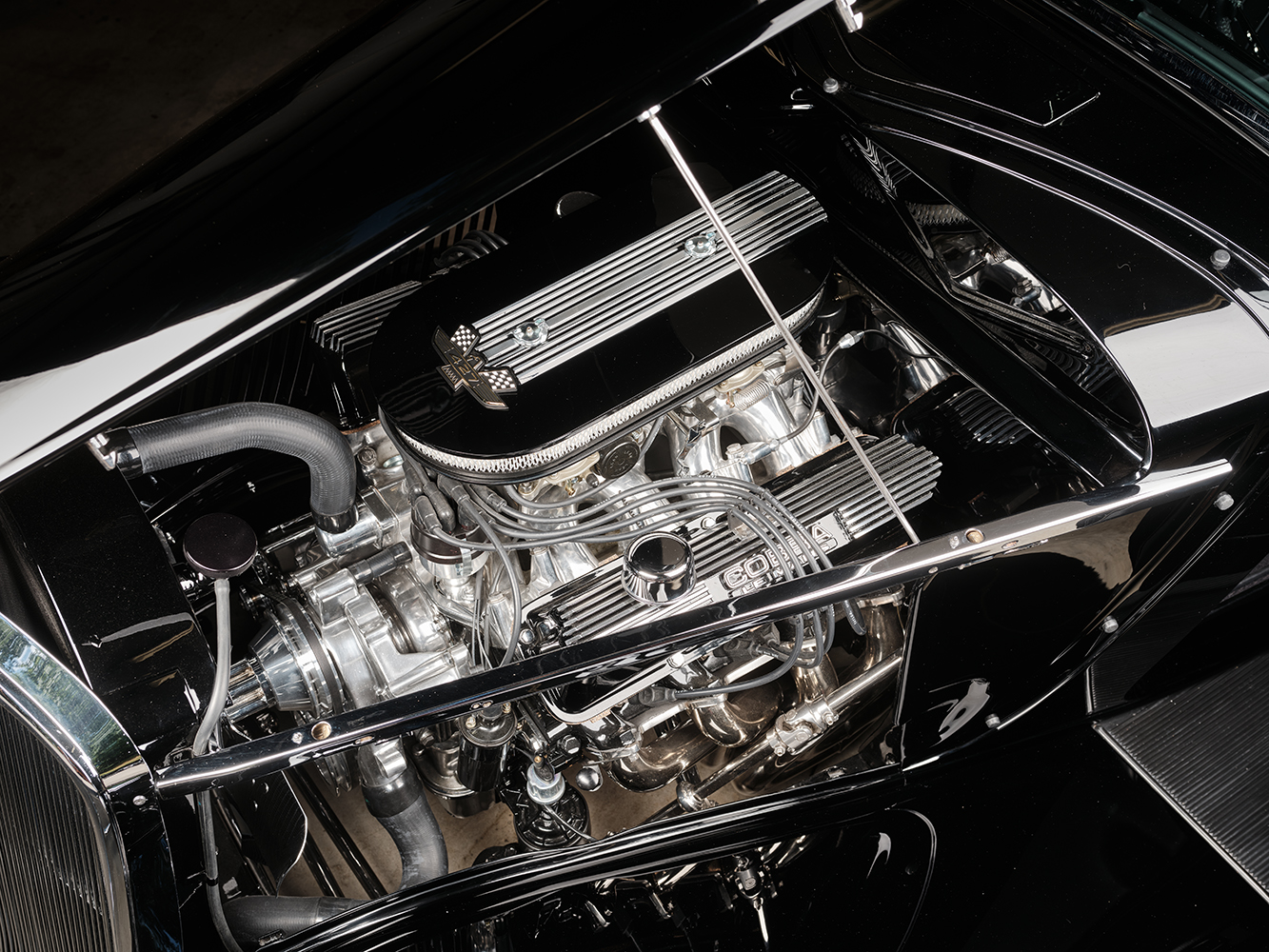
The extended frame, supplied by Hotshoe Hot Rods, accommodates a Winters V-8 quick-change rearend—a popular feature in hot rods—fitted with 4.20 gears to ensure ample acceleration, exactly what the 427 Tunnel Port side oiler needs! Notably, the frame boasts a 2-inch extension, allowing for the retention of a stock-length hood and enabling the grille shell’s bottom to be moved forward by extending the wheelbase. The QC incorporates a Johnson’s Hot Rod Shop (JHRS) kit along with Aldan shocks for optimal positioning, while JHRS Kinmont-style Safety Stop brakes paired with Wilwood calipers and rotors handle the rear braking duties. At the front, the additional Johnson’s Safety Stop Kinmont-style brakes are activated by a Wilwood master cylinder connected to a JHRS pedal assembly. The front end also features a JHRS axle, a complete wishbone front suspension system, a Borgeson Vega-style steering box, and Aldan shocks. The wheel and tire combination displays another signature Alloway design: Team III manufactured the wheels. It includes Alloway 15×4 Dragmaster front wheels mounted with 145/15 tires, alongside an 18×10 set of ET polished big-window wheels fitted with 265/60R18 tires.
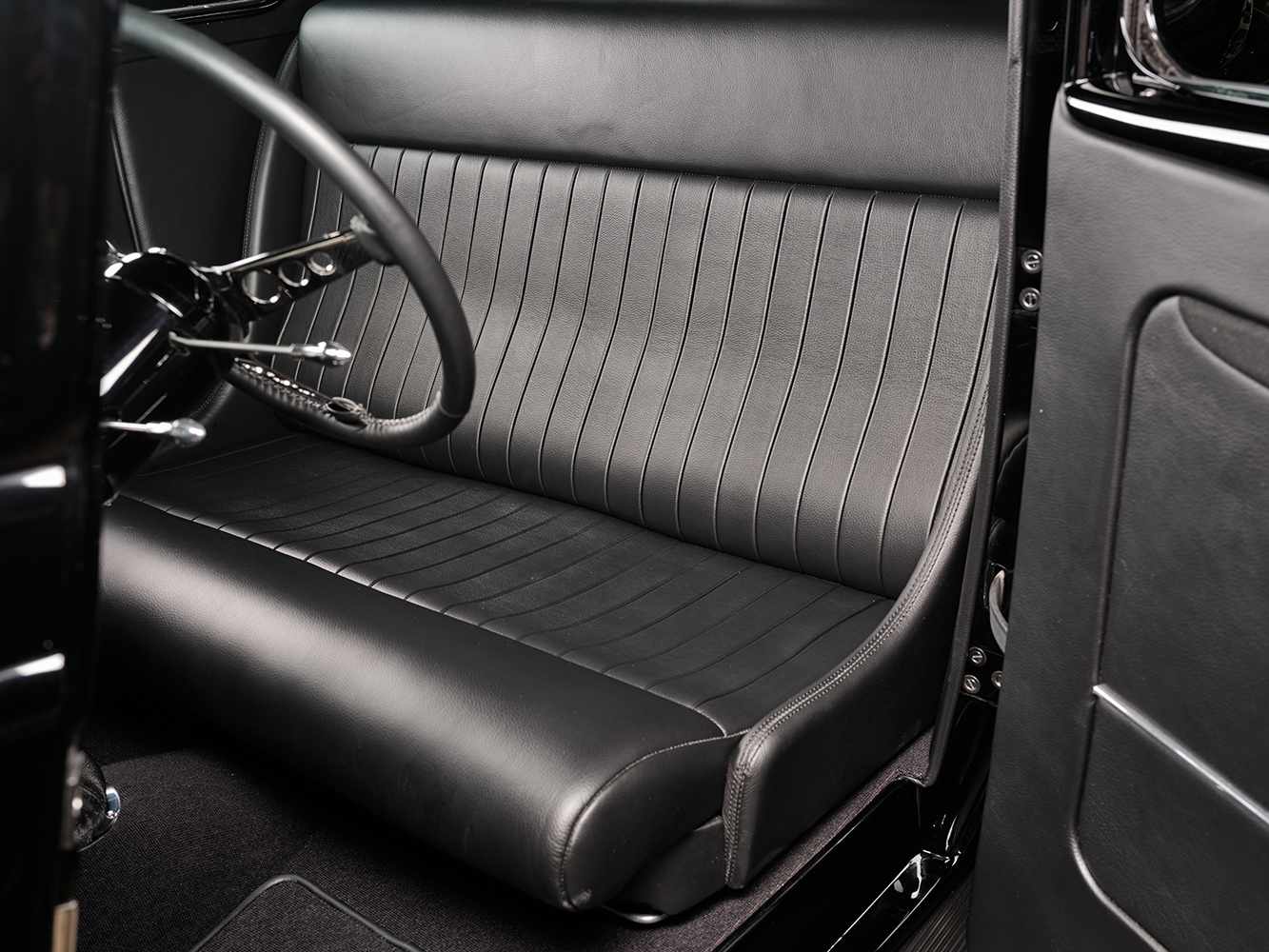
The body is a 1934 Ford five-window coupe with minimal modifications to the sheetmetal, including removing the bumpers, hood ornament, external mirrors, and a few other subtle details. George Yago oversaw the installation of the top insert. The headlights are large-diameter commercial lighting, while the taillights are stock. The color is the standard Alloway Black from PPG. Alloway’s crew uses Deltron products, such as DBC9700 black, for the basecoat. (If you’re looking for a solid single-stage color, Alloway recommends DCC9300 Acrylic Black Urethane.) For clearcoat, PPG Concept DCU2002 Polyurethane Clear is the best choice.

Inside the factory dash is a Classic Instruments engine-turned insert that now holds a set of Classic Instruments gauges. The shop crew managed the necessary wiring, which was created from scratch. The steering column comes from Ididit and features a Lecarra three-spoke wheel from Lokar. The floor shifter resembles a Ford unit, but Alloway fabricated it to accommodate the mechanical box. Steve Holcomb of Pro Auto Custom Interiors upholstered the factory bench seat and the rest of the interior in black leather from Moore & Giles.
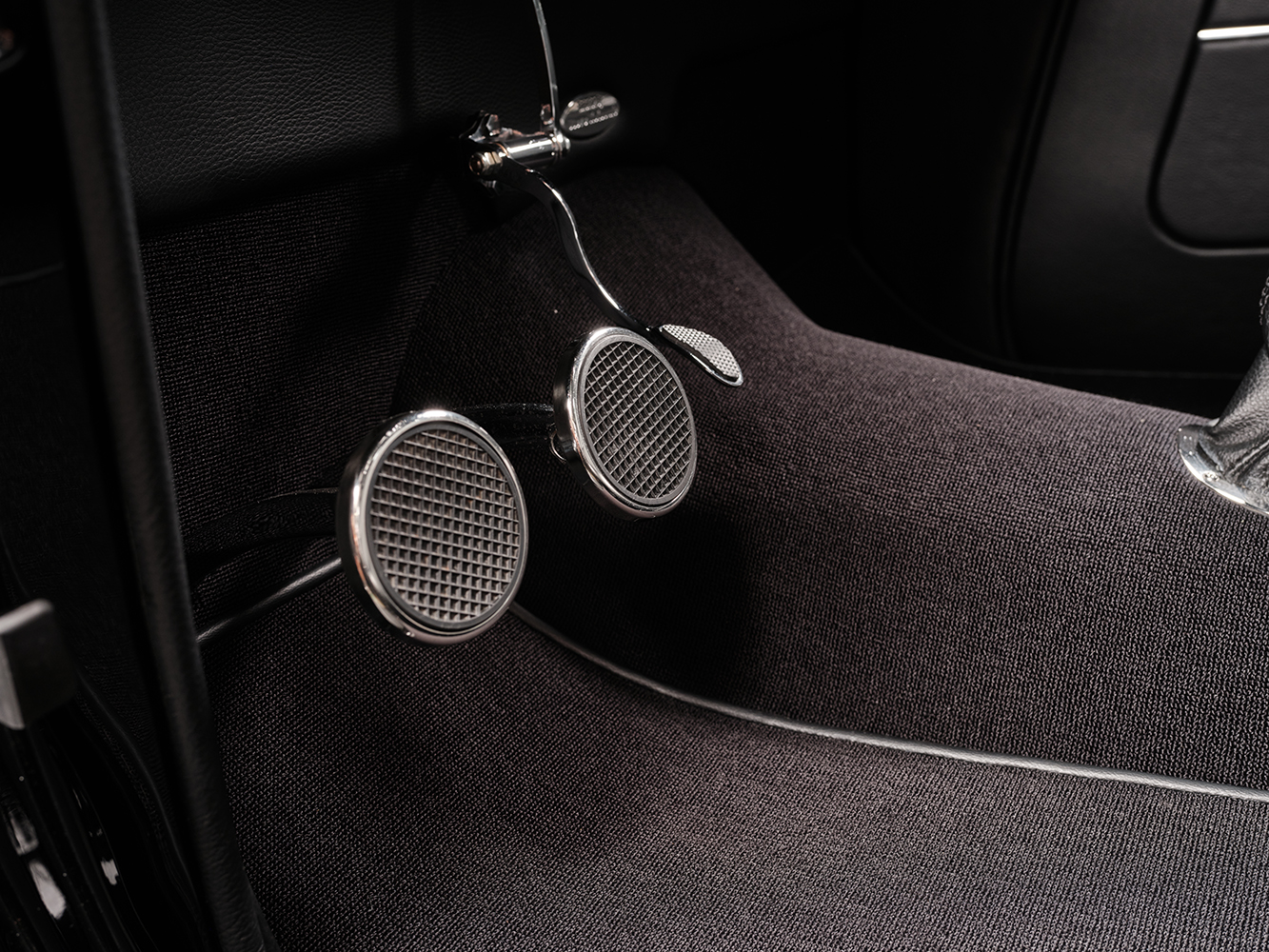
Larry just wanted an everyday driver—with a little extra punch, and we think he has arrived at that point.
Check out this story in our digital edition here.











